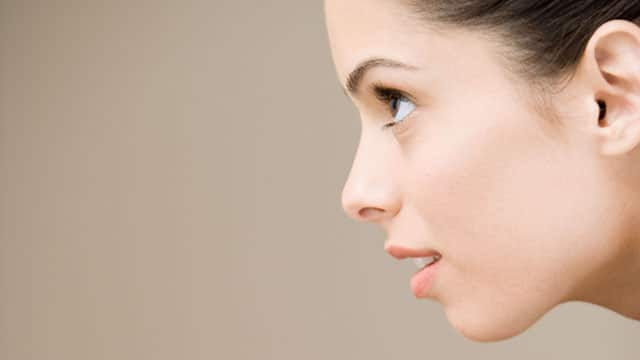TMJ Anatomy
The mandible, also known as the lower jaw, has two vertical extensions from each side, with a condyle at the top. The condyle can vary in shape and symmetry. The TMJ is where the condyles meet the temporal bone of the skull. A fibrous disc, called the articular disc, cushions the space between these two bones and keeps them from touching. A synovial membrane, synovial fluid, blood vessels, and nerves, as well as connective tissue, are found in the area behind the articular disc. Also, three ligaments help stabilize the joint, prevent dislocation, and support the mandibular bone weight.
What is the purpose of the TMJ?
Whenever you open and close your mouth, move your jaw forward, backward, or side-to-side, you are using the TMJ. This complex joint works with muscles of mastication to produce sliding and hinging motion.
TMJ Disorders
According to the National Institute of Dental Craniofacial Research, almost 10 million Americans experience TMJ problems. The cause of this isn't always clear. Still, trauma to the jaw from injury, long-term teeth grinding, muscle spasms from stress, misaligned teeth, or some form of arthritis may result in TMJ disorders or TMD. Some of the signs and symptoms include popping, clicking, pain in the jaw joints, jaw locking, headaches, dizziness, earaches, neck pain, and even numbness in the fingers. Although TMJ dysfunctions tend to resolve themselves with little or no treatment, you should always visit your dentist to experience any of these symptoms.
Maintaining a Healthy TMJ
Knowing more about how your temporomandibular joint functions may help you better understand how you can keep it in good working order. Like breathing for a count of five, relaxation techniques can help reduce stress and alleviate teeth grinding. Eating soft foods can also help to ease the tension in your TMJ. Lastly, regular dentist appointments can assist in the early detection of TMJ disorders.
This article is intended to promote understanding of and knowledge about general oral health topics. It is not intended to be a substitute for professional advice, diagnosis or treatment. Always seek the advice of your dentist or other qualified healthcare provider with any questions you may have regarding a medical condition or treatment.
ORAL HEALTH QUIZ
What's behind your smile?
Take our Oral Health assessment to get the most from your oral care routine
ORAL HEALTH QUIZ
What's behind your smile?
Take our Oral Health assessment to get the most from your oral care routine
Join Us
Get the best of your oral health routine and take it to the next level with expert advice, recommendations, products and solutions and special offers.
Join Us
Get the best of your oral health routine and take it to the next level with expert advice, recommendations, products and solutions and special offers.















